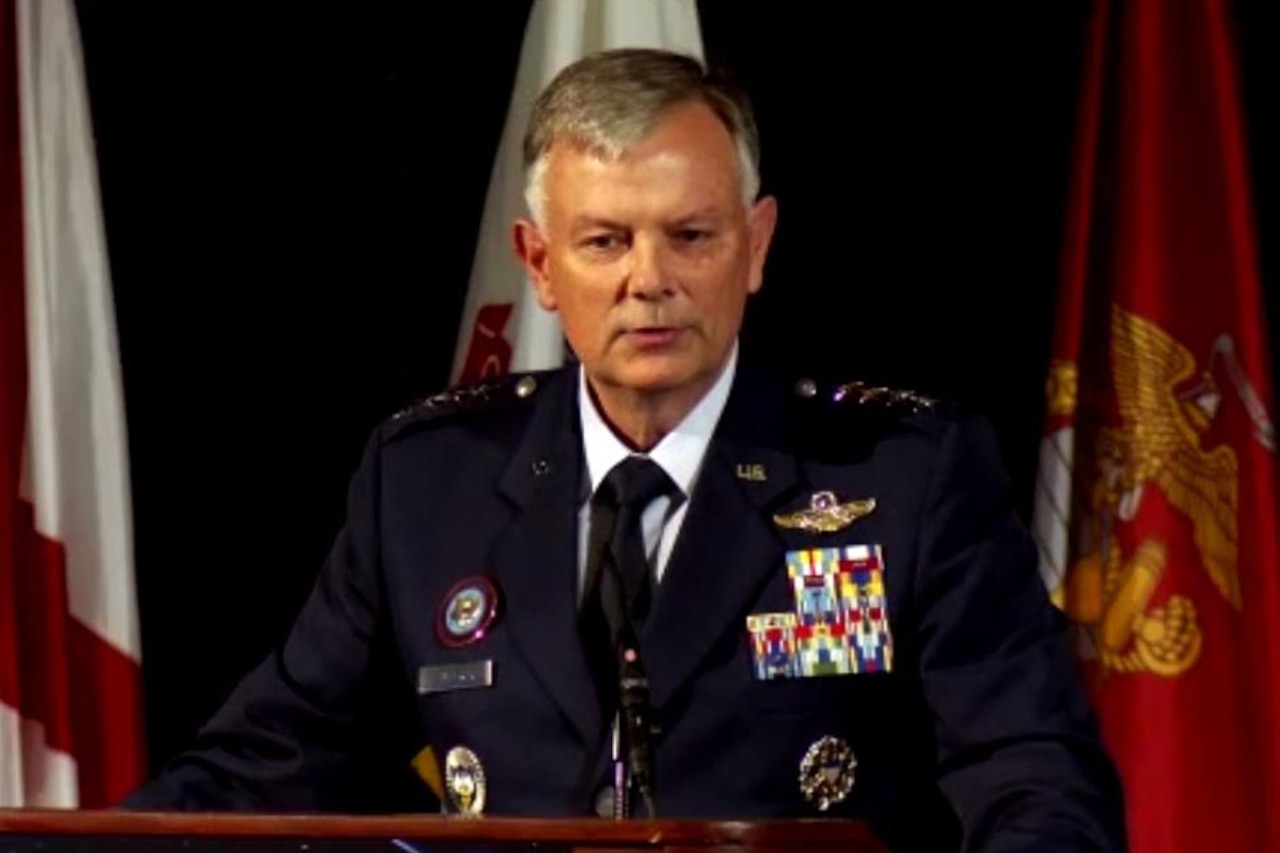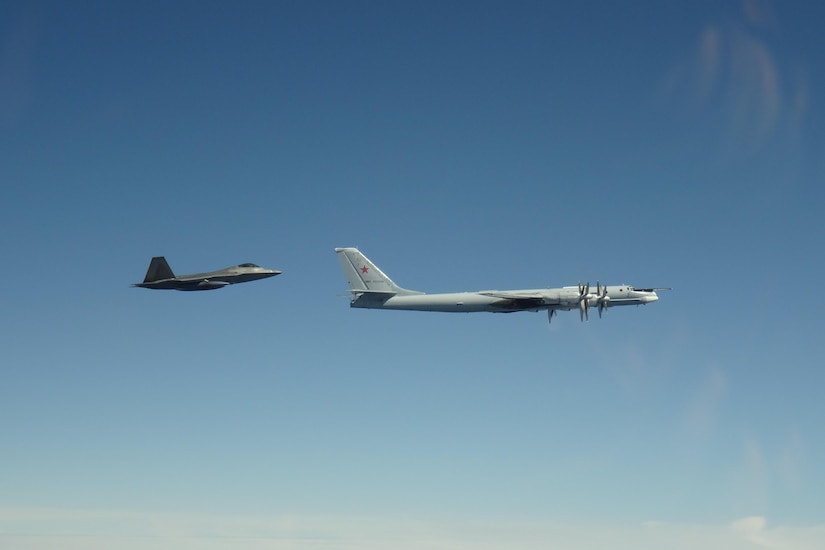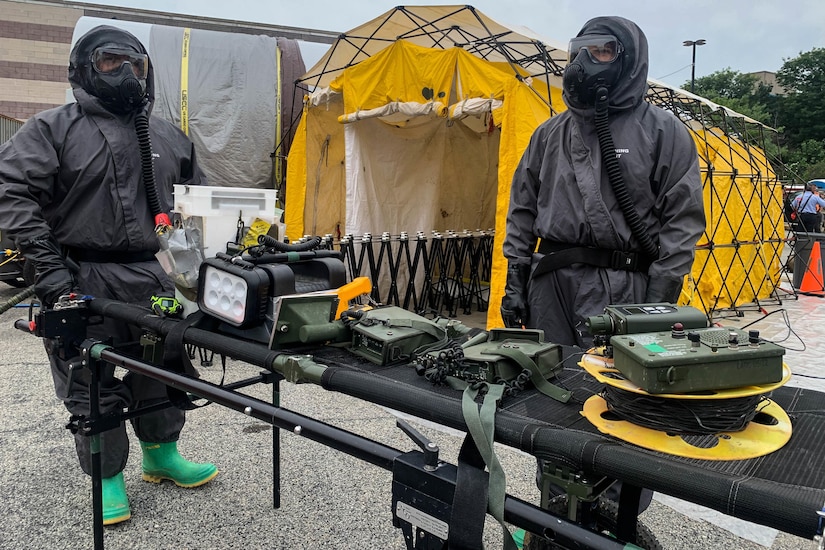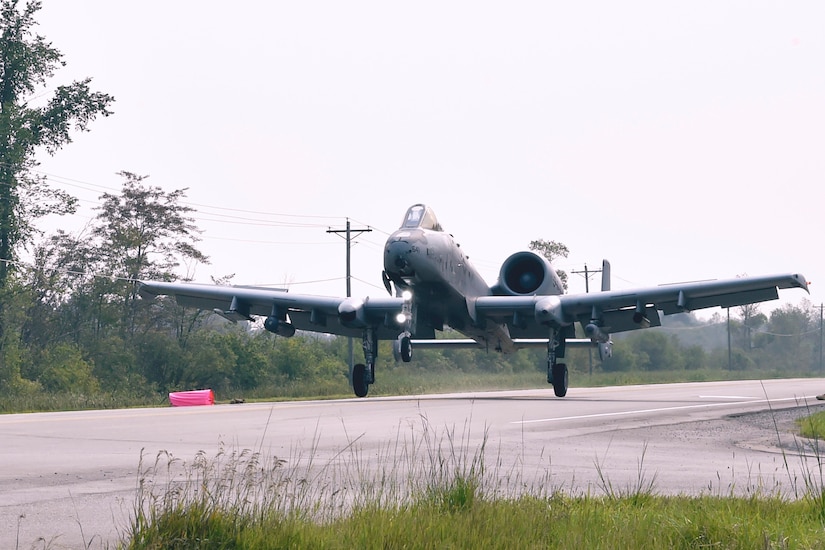
The commander of North American Aerospace Defense Command and U.S. Northern Command described threats from Russia and China and ways to mitigate those threats.
Air Force Gen. Glen D. VanHerck spoke today at the Space & Missile Defense Symposium, in Huntsville, Alabama.
Besides battling wildfires, hurricanes, cyberattacks and COVID-19, NORAD and Northcom are engaged in deterring threats from China and Russia, he said.
“We’re in strategic competition with two strategic competitors, both nuclear armed. We’ve never been there before, and we’re economically intertwined with one of them,” he said, referring to China and Russia.
“Russia has created capabilities to hold the homeland at risk,” he said. Moscow believes it can threaten the homeland below the nuclear threshold using long-range cruise missiles and hypersonics. Those types of missiles are not designed for regional conflict in Europe. Their long-range characteristics mean that they are designed for use against the United States.
Additionally, Russia has modernized its bomber and submarine fleet as well as its nuclear arsenal, VanHerck said.

“In the last year, we got more air defense identification zone incursions than we’ve ever had since the end of the Cold War by Russia,” he said.
China will have the same kinetic equivalents as Russia within a decade, VanHerck said. Today, China is on par with Russia in offensive cyber and space domain capabilities.
In the future, Iran and North Korea could also field capabilities that might also put the homeland at risk, he said.
VanHerck laid out some strategies for building a layered kinetic and non-kinetic homeland defense.

Domain awareness is critical, he said. “If you can’t detect a threat, you can’t defeat it or deter it.”
Information dominance is also important, he said. Warfighters need to have the right information at the right time in order to win.
“We treat data and information as a strategic asset,” he said, noting that data can come from sensors, from warfighters themselves and from other assets including satellites.
Global integration is another vital tool, he said. Problems faced today are all global. They require global solutions in all domains.

“The days of having a single supported combatant commander are over,” he said. “We need the ability to collaborate globally, across all domains in near real time, or in real time to present options to our nation’s leaders.”
By that, VanHerck said he means close collaboration with allies and partners, as well as across the services.
Lastly, the general said that the department needs to embrace the digital culture to gain advantage in the information space, which it doesn’t have right now.
– David Vergun, DoD News


